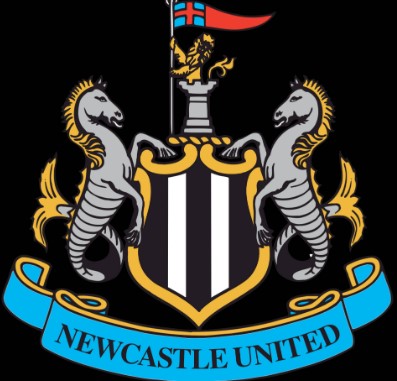Although Mike Ashley’s economical management of Newcastle United originally benefited the club’s shareholders, the Magpies had a significant commercial gap to close.
“It was a great run club under Mike and I know I’m going to get slaughtered for that, but it was.”
Steve Bruce was right, after all. The ownership of Newcastle United initially benefited from the club’s previous management style, which was ironic given that the consortium spent over £400 million on new players in the first four transfer windows without exceeding the club’s profit and sustainability thresholds. But if you dig a bit farther, you’ll find that the Ashley era’s influence is being felt today.
Consider the business aspect. When Newcastle was acquired by Mike Ashley in 2007, the club’s commercial revenue was £27.6 million. This amount had surprisingly fallen to £26.5m in the financial statements for the year ending June 30, 2022, which encompassed the last few months of the billionaire’s reign. In comparison, Spurs, who had previously lagged behind Newcastle both on and off the field, made £183.5 million during that same time frame.
While many things went wrong during the Ashley era, including relegations, a lack of infrastructure investment, the way Jonas Gutierrez, Kevin Keegan, Alan Shearer, Chris Hughton, and many others were treated, and a situation so bad that 10,000 supporters had to make the painful decision to leave, stagnation ranks highly among them.
For a considerable period, St James’ Park served as a prominent advertising platform for Sports Direct, offering little tangible benefit to the club. This was evident in various aspects, such as the neon signs surrounding the players’ tunnel—estimated to be around 140 signs at one point—and the controversial decision to rename the stadium. Although these signs were eventually removed, thanks to legal clauses inserted into the deal following the 2021 buy-out, it marked just the beginning of the changes.

Amanda Staveley, among others, acknowledged the challenges posed by existing contracts inherited from companies like FUN88, which were deemed to be heavily skewed in favor of the sponsors. “We were limited as to how we could drive commercial revenues,” Staveley stated, highlighting the constraints faced by the club shortly after the takeover.
In the most current set of Newcastle’s financial statements, the club’s commercial income rose to £43.9 million. The money made from huge sponsorship deals with Adidas and Sela will help it rise even more, but this amount is still far less than what the established order takes home. For example, Manchester United brought in £302.9 million in commercial revenue during that same period, almost £50 million more than Newcastle did total in 2022–2023.
Bridging the gap will require time, especially with tightened sponsorship rules and the need to establish new commercial departments from the ground up. The Chief Commercial Officer (CCO), Peter Silverstone, inherited a team of around 40 people when appointed in 2022, significantly fewer than the 150 to 200 staff he managed during his time at Arsenal.
The commercial team is expanding, with staff numbers growing to around 65 employees, necessitating a move to new offices downstairs at St James’ Park last summer. However, this growth reflects only one aspect of the club’s revitalization efforts. In fact, the total number of staff on Newcastle’s books increased from 308 to 410 last season.
Previously, senior figures at Newcastle believed that the club’s staffing structure was more suited to a lower Premier League side or a top Championship outfit. This was a reflection of the club’s status under the ownership of Mike Ashley—nothing more, nothing less.

